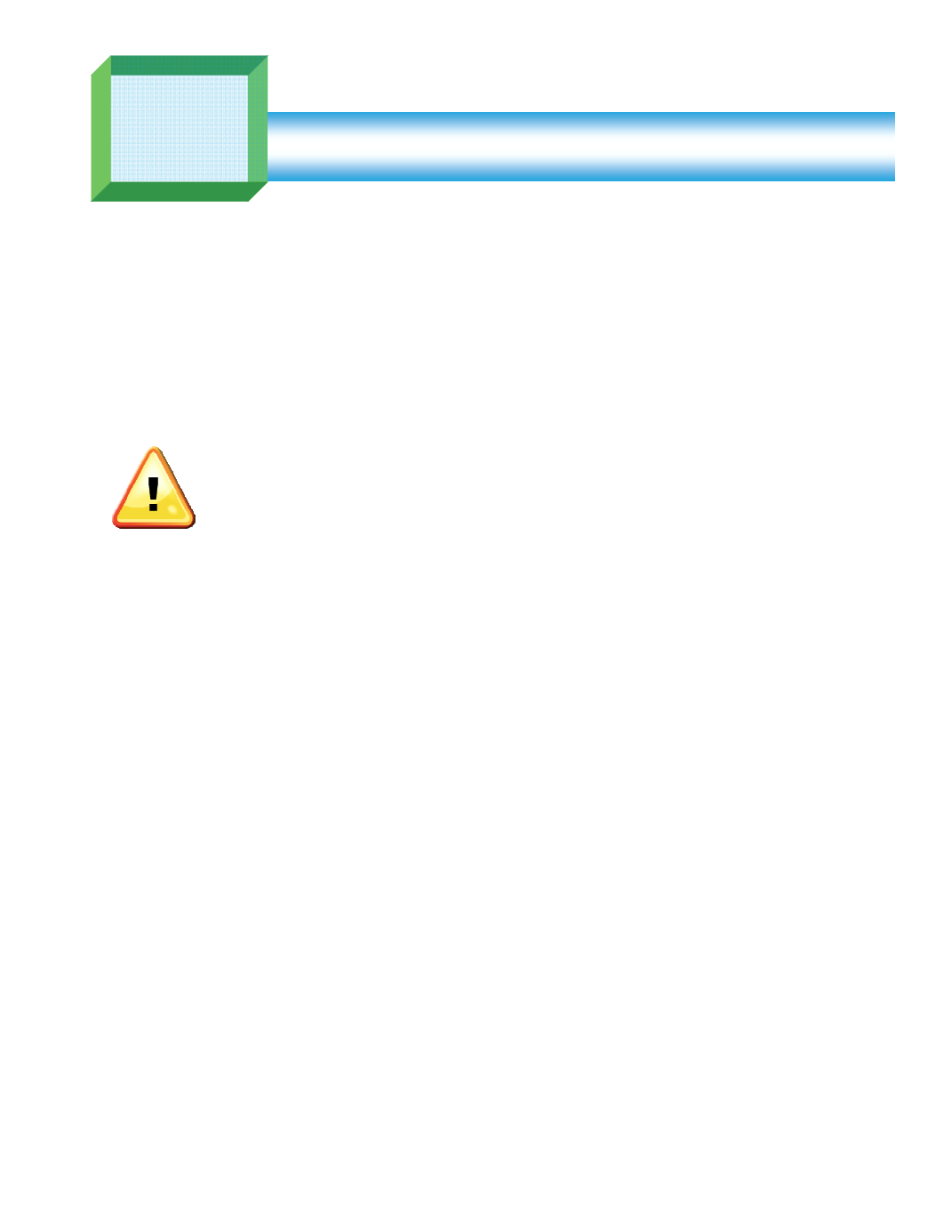

Electrical Theory & Applications for HVACR
Chapter 6: Troubleshooting
Page 107
Troubleshooting
6
The majority of service calls are electrical in nature; however, mechanical problems oŌen become
evident aŌer a reported electrical problem is invesƟgated. TroubleshooƟng electrical problems is one
of the most common duƟes of an HVACR technician.
It is impossible to cover every possible problem in a textbook; a technician must rely on a solid
foundaƟon in the basic theories of electricity, develop the ability to read schemaƟcs and
manufacturer’s bulleƟns, understand the controls in a system, and possess a working knowledge of
tesƟng equipment. Making unsystemaƟc measurements or randomly replacing parts rarely solves
problems.
It is important for a technician to develop a systemaƟc and methodical procedure for
troubleshooƟng. This can only be accomplished by having a full understanding of
electrical fundamentals, Ohm’s Law, the rules for series and parallel circuits, and related
components.
Most HVACR electrical systems consist of loads and control devices in parallel circuits with safeƟes,
wired in series to complete or interrupt the electrical path when a limit is exceeded. Controls
regulate normal funcƟons and limits of a system. Safety controls are used to shut down a unit if the
system experiences mechanical difficulƟes.
Components can be classified as either current‐passing or power‐using. In a very simple circuit, a
switch is the current‐passing component and a light bulb is the power‐using component (load). In an
HVAC‐R circuit, the thermostat is generally a current‐passing component and the relay coils, contactor
coils, fan, and compressor motors are power‐using components.
TERMS
The terms
primary
and
secondary
may be used to describe controls. A primary control is one that is
used turn a load on or off for normal operaƟon; a wall thermostat, fan relay, contactor are primary
controls. A secondary controls are temperature and pressure switches, or other components used for
safety.
Primary
and
secondary
is also used to describe the two sides of a transformer. Primary is the input
and secondary would be the output or load side.
Technicians must be familiar with the use of basic test equipment. The operaƟon of voltmeters,
ammeters, and ohmmeters has been previously discussed. This chapter applies that knowledge to
circuit troubleshooƟng.










